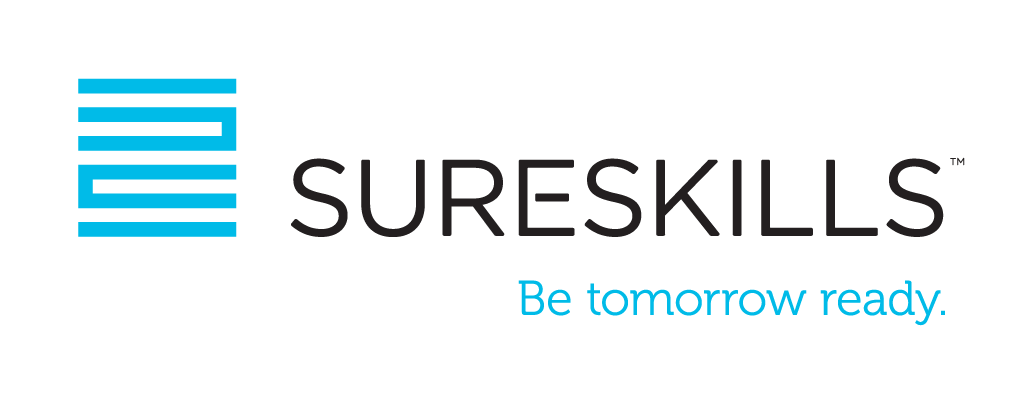Learn to Grow Shorts: Mehta Data
Each week we follow up conversations with a reflection on a particular topic of interest and I call it Learn to Grow Shorts.
Today, I’m looking back on my conversation with Karl Mehta, one of the most interesting points Karl brought up was that organizations are using the immense amount of data they get from Edcast in really interesting ways.
For example, one company was able to reliably predict the next employee to leave.
Karl also believes the role of L&D will become increasingly centered on data. Rather than having to create and deliver learning material, L&D practitioners will use data to design effective learning experiences and curate the right content for the right person at just the right time in the flow of work.
In that scenario, L&D will rely heavily on data analytics and data mining.
And another thing that stood out to me – If we can predict with some certainty when someone might leave the company, can’t we also predict then, an optimal performance metric? An engagement metric? One that we strive to achieve?
Can we look at our most productive people, our most inspiring leaders, and track the things they do that are most effective, not to replicate exactly, but to inspire others and to learn from the data? Who is most engaged? And perhaps even more importantly, who is driving the engagement of others?
Some see data and AI as a kind of impending doom, that jobs will be lost etc. But actually, jobs can evolve for the better – as Christopher Lind mentioned, roles in L&D could actually become much more dynamic when more mundane, repeatable tasks are handled by machines.
As Heather McGowan says in her fantastic book Adaptability Advantage, change is happening so fast, but this is also likely the slowest rate of change we are likely to experience in our lifetimes. So we better get comfortable and adaptable quickly, and actually see our evolving roles as opportunities to redefine ourselves.


